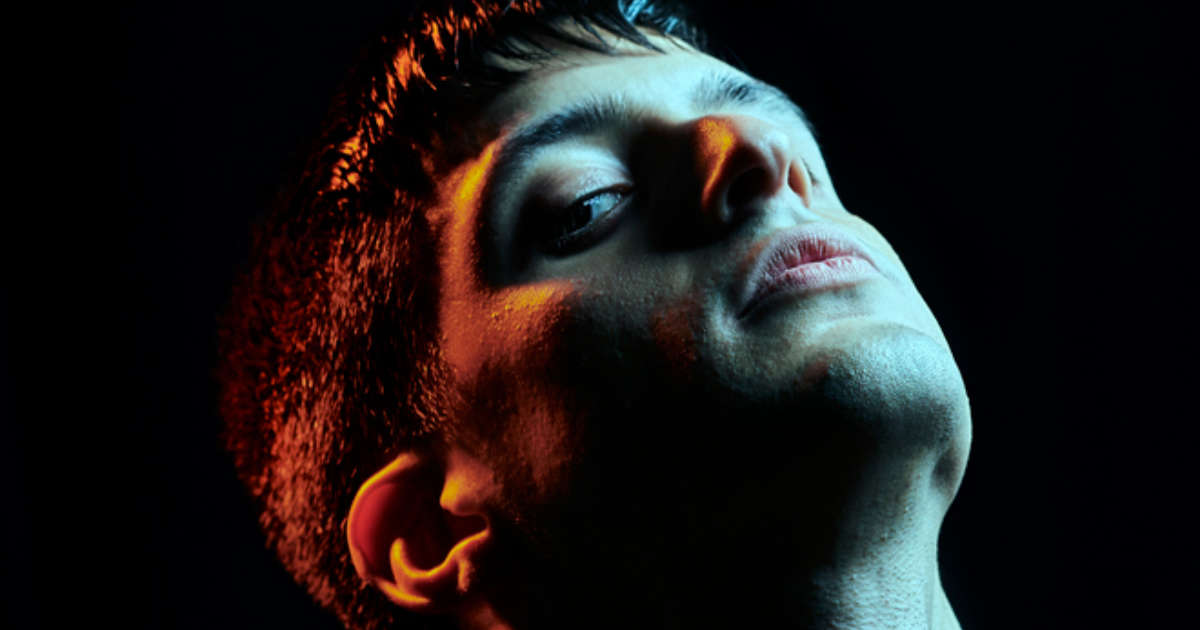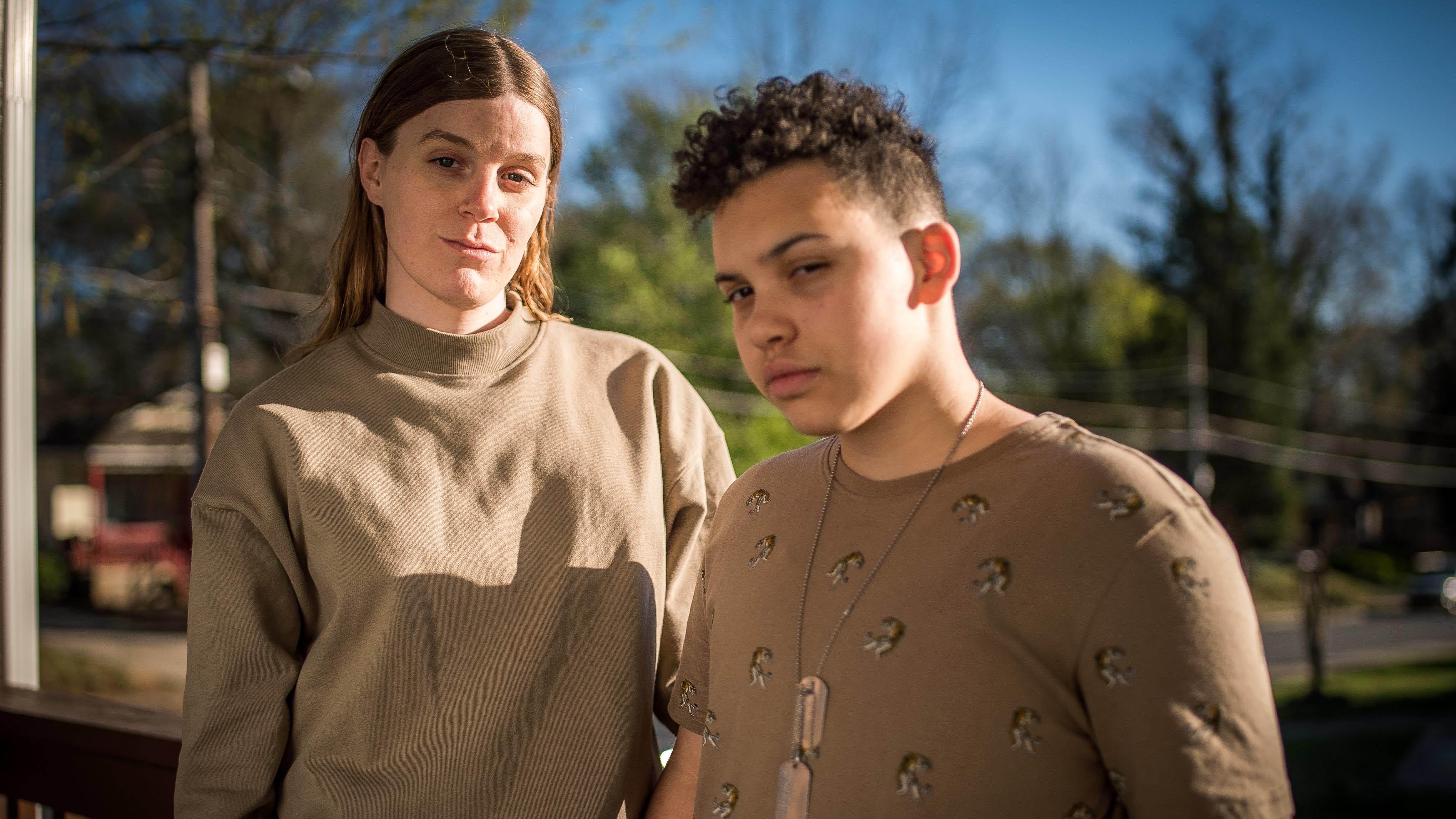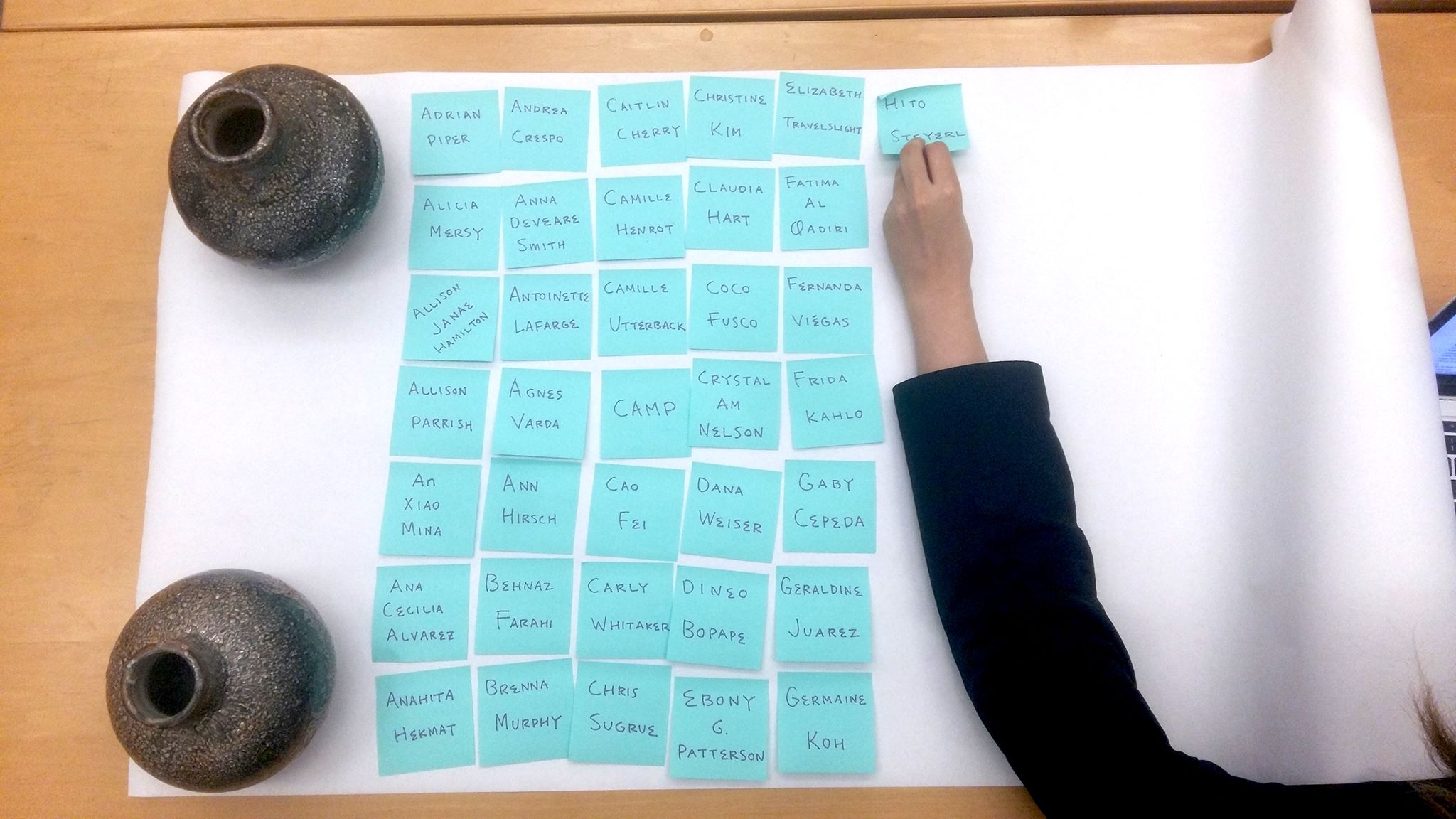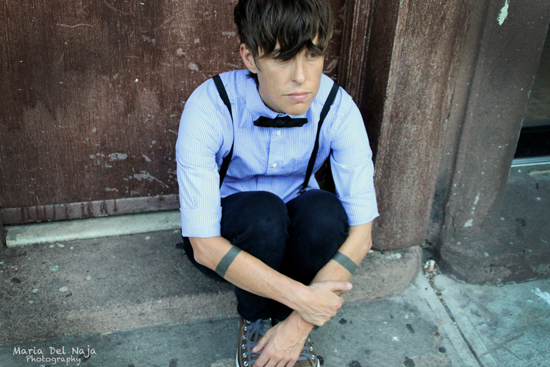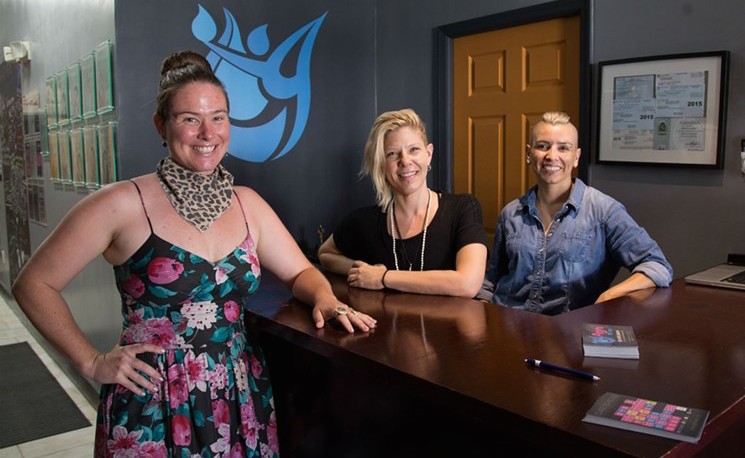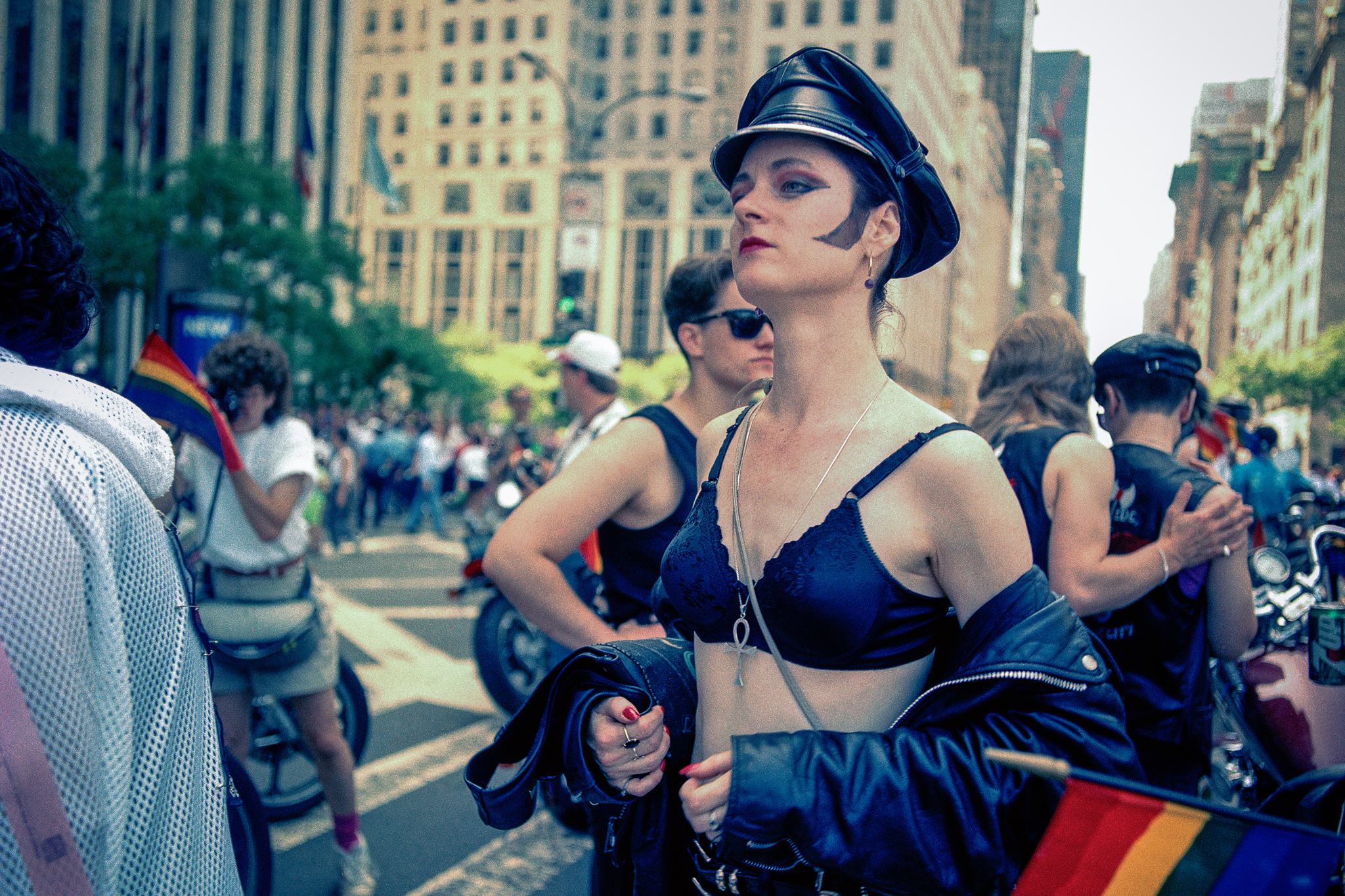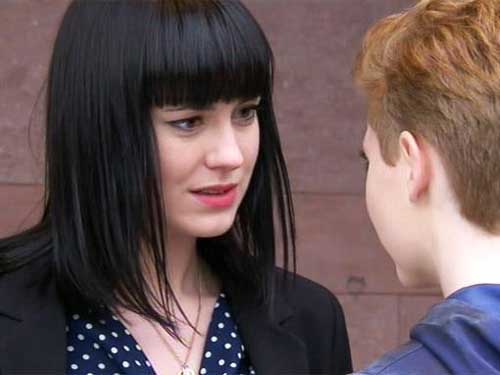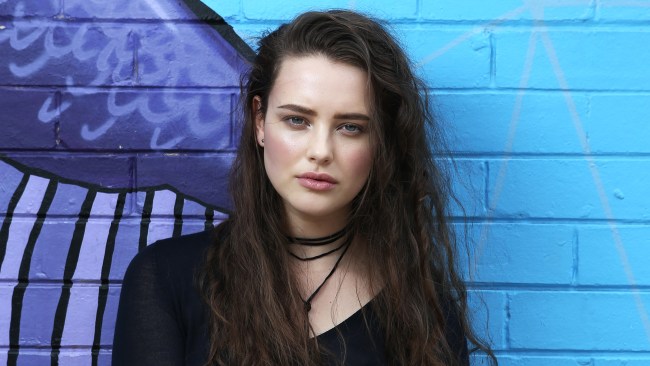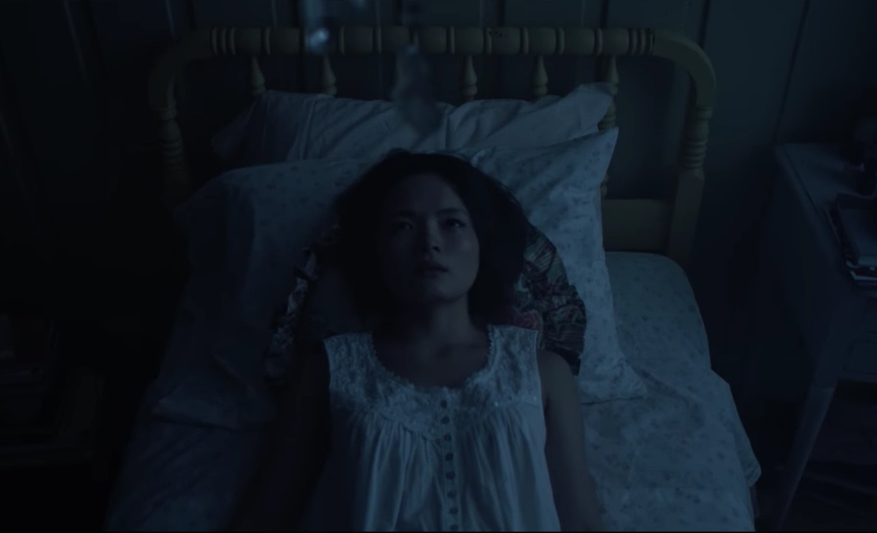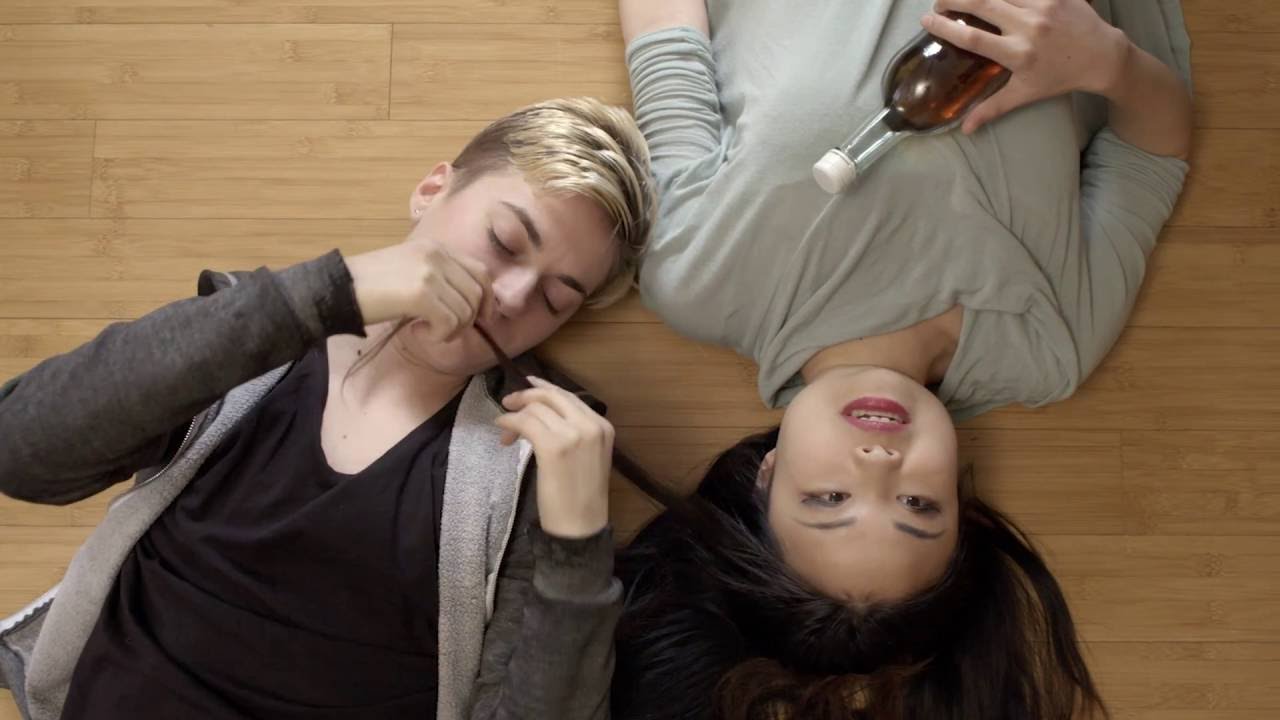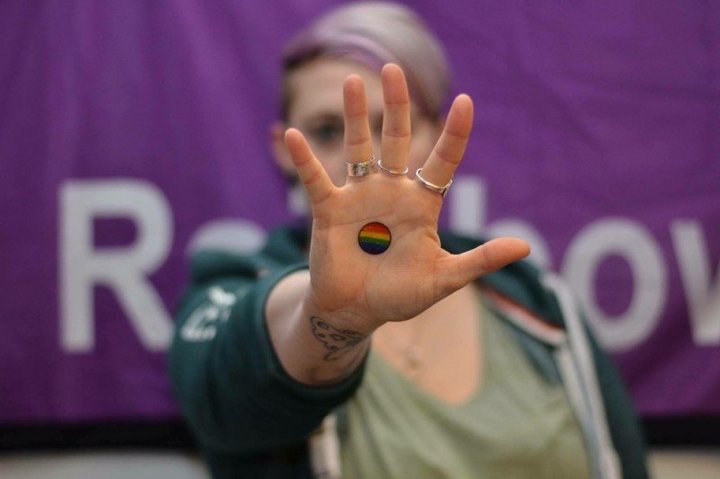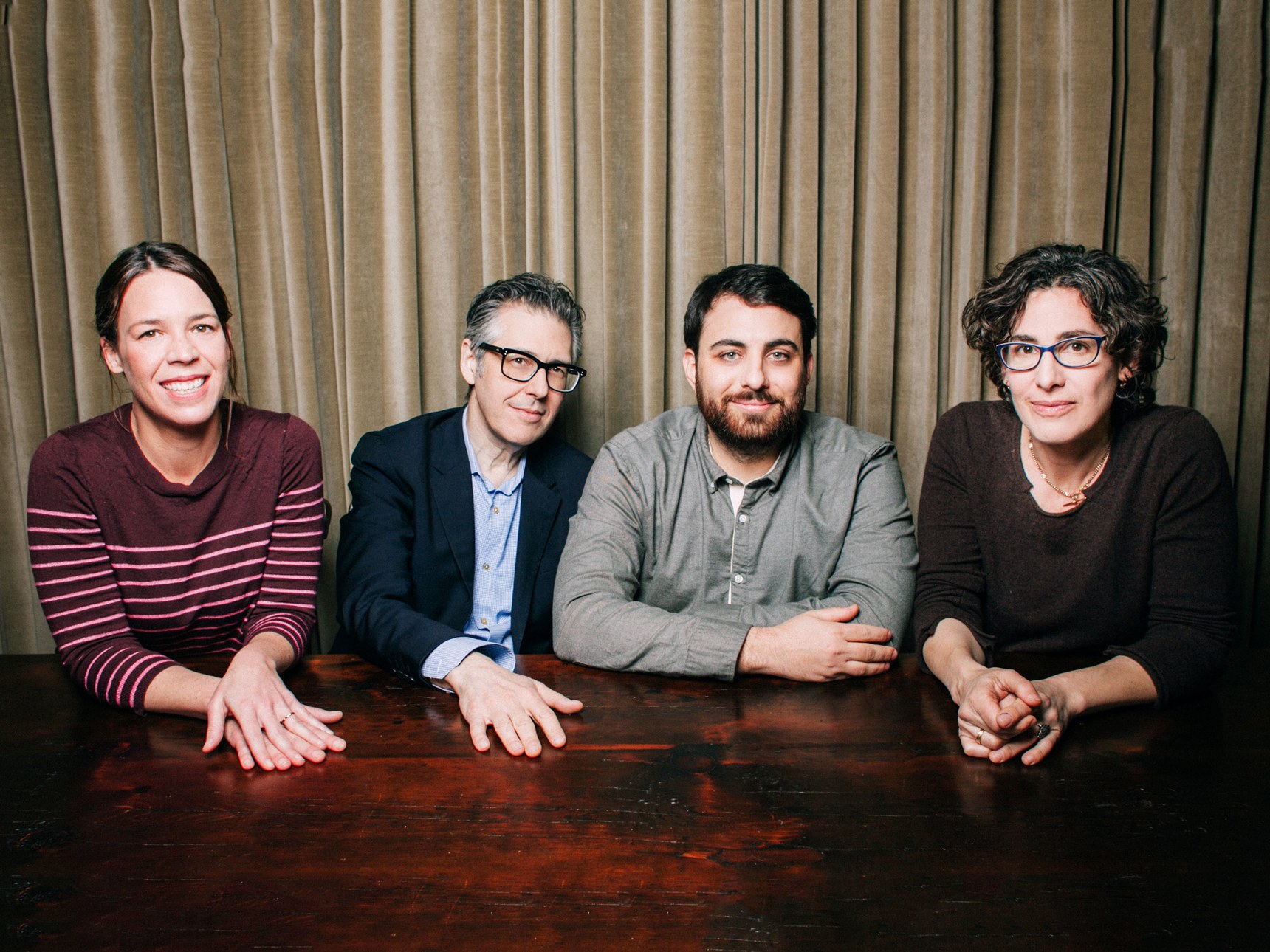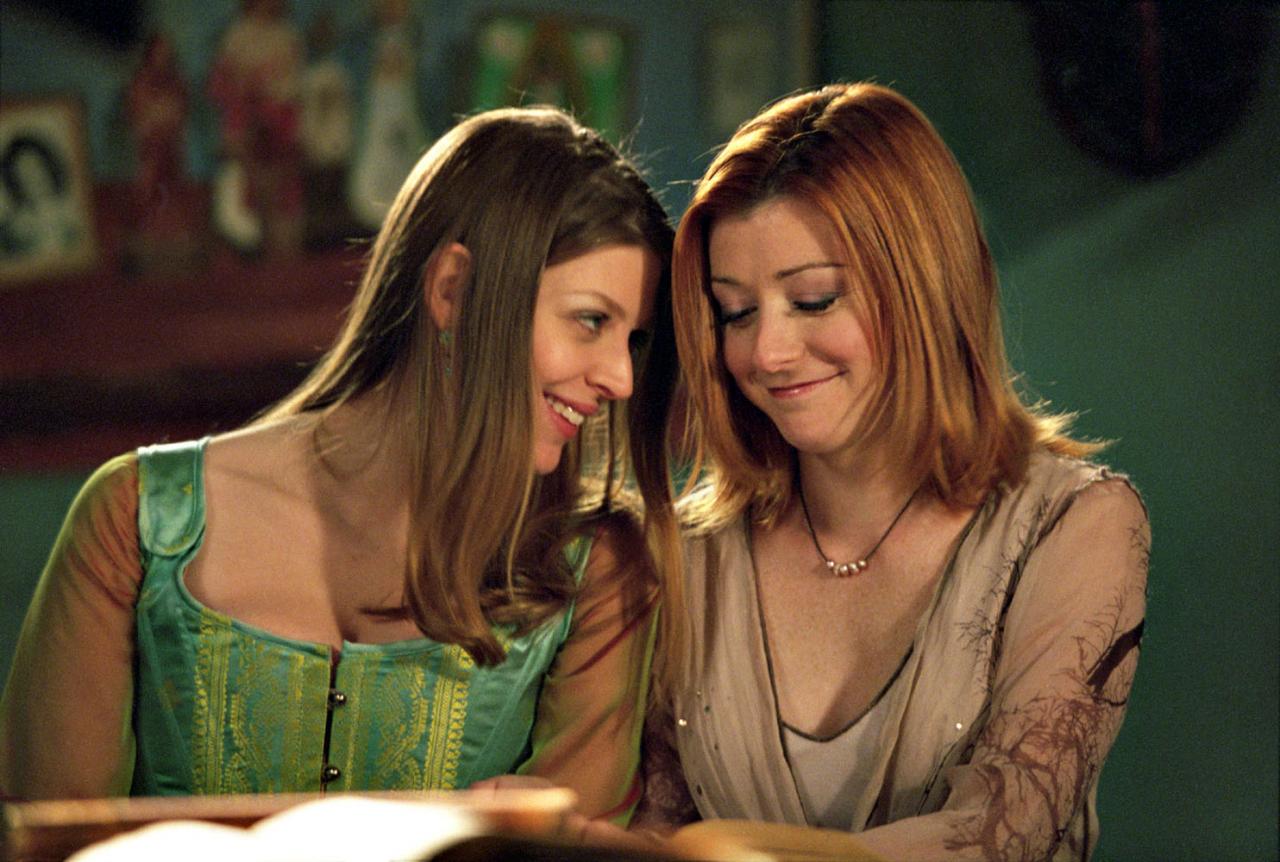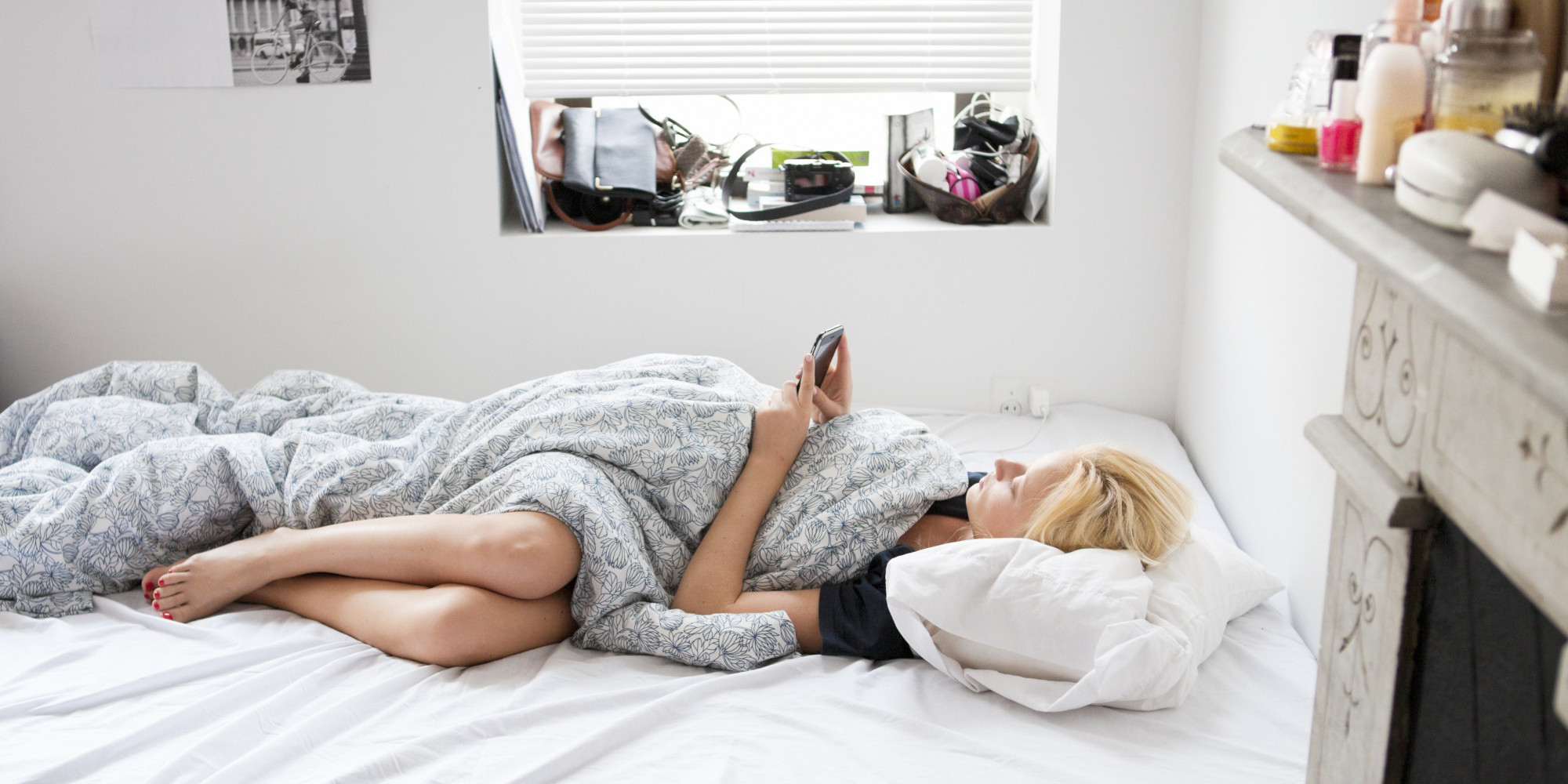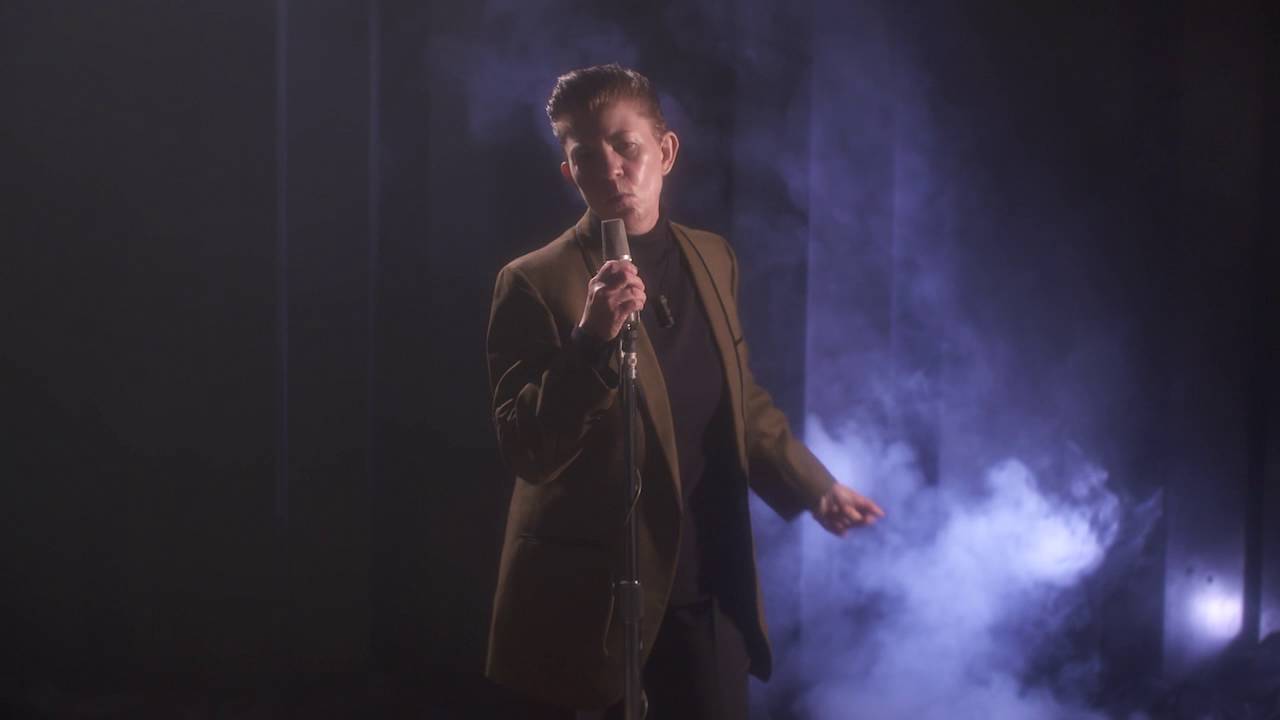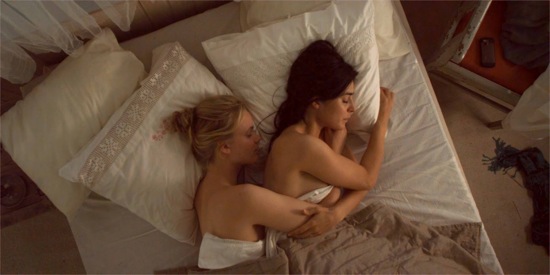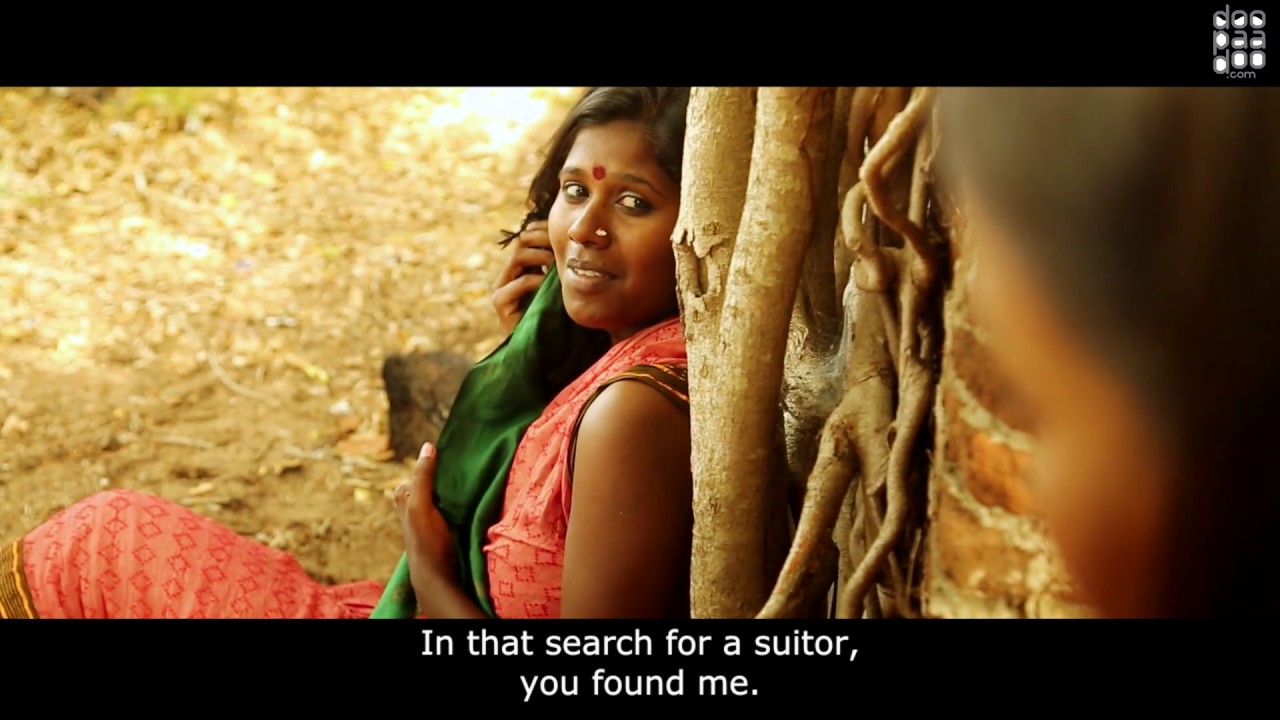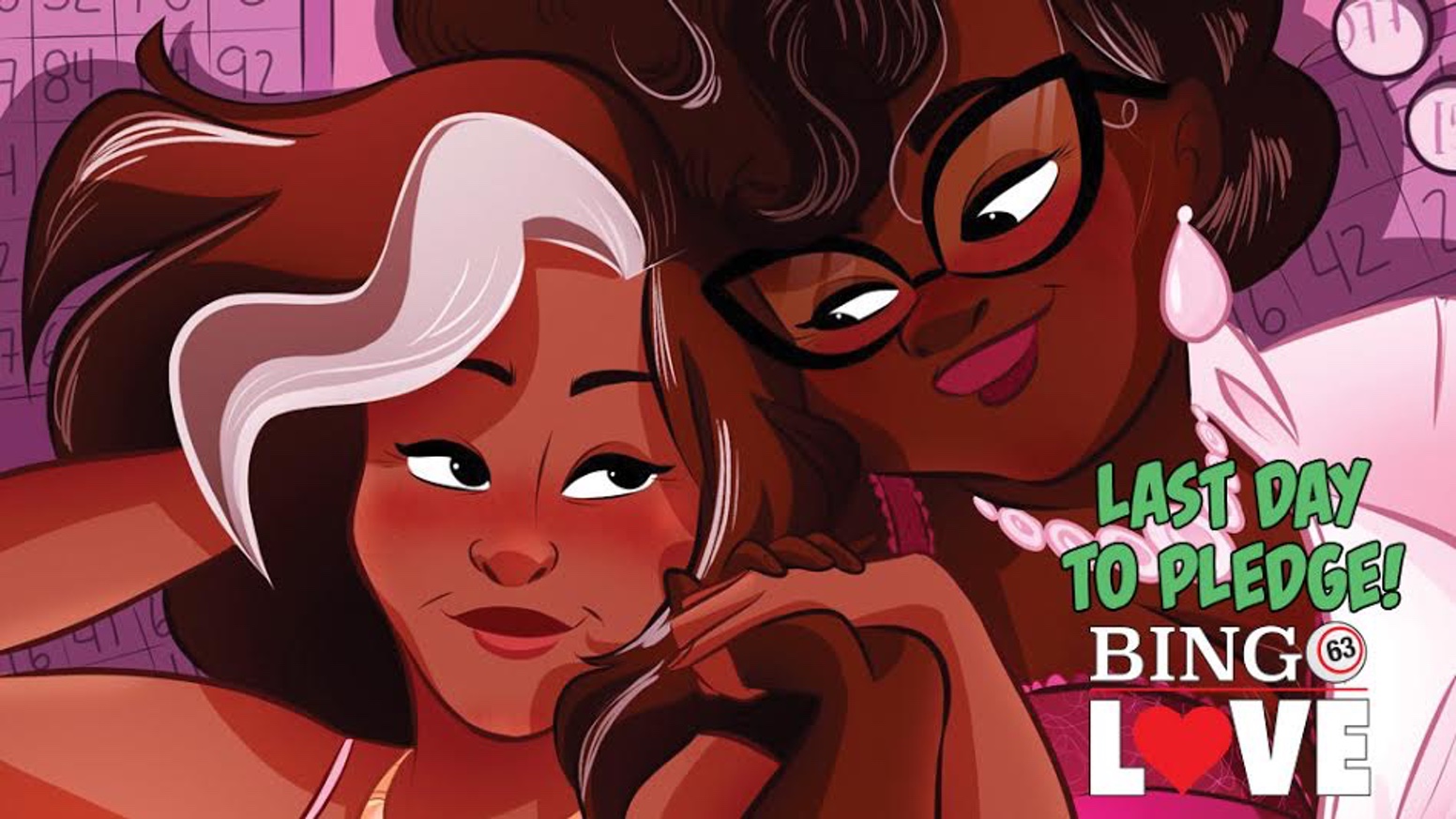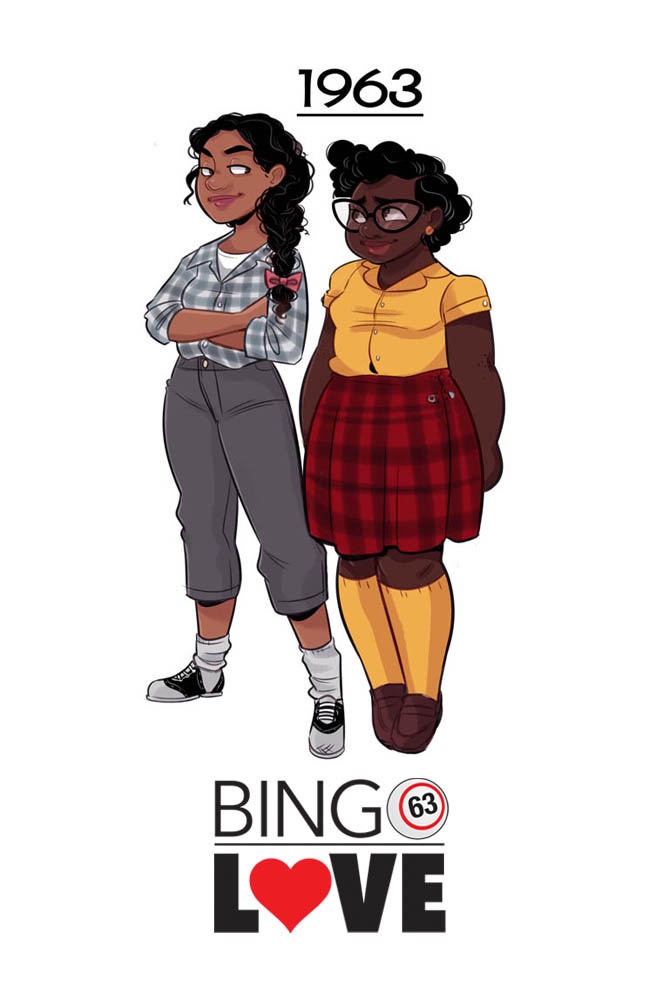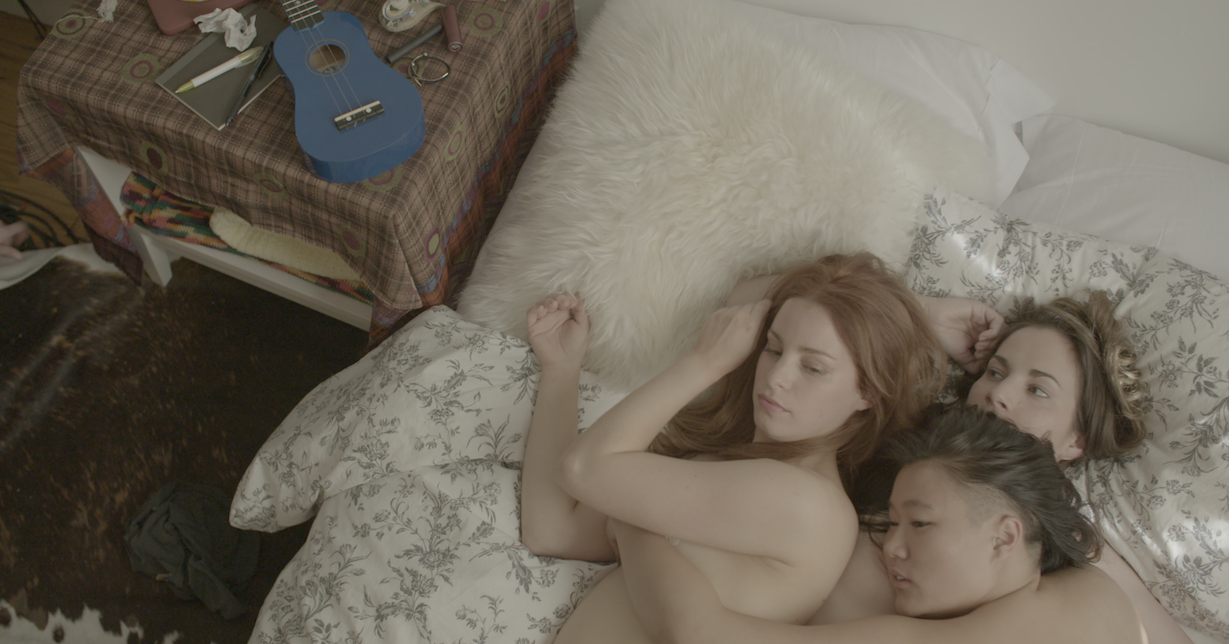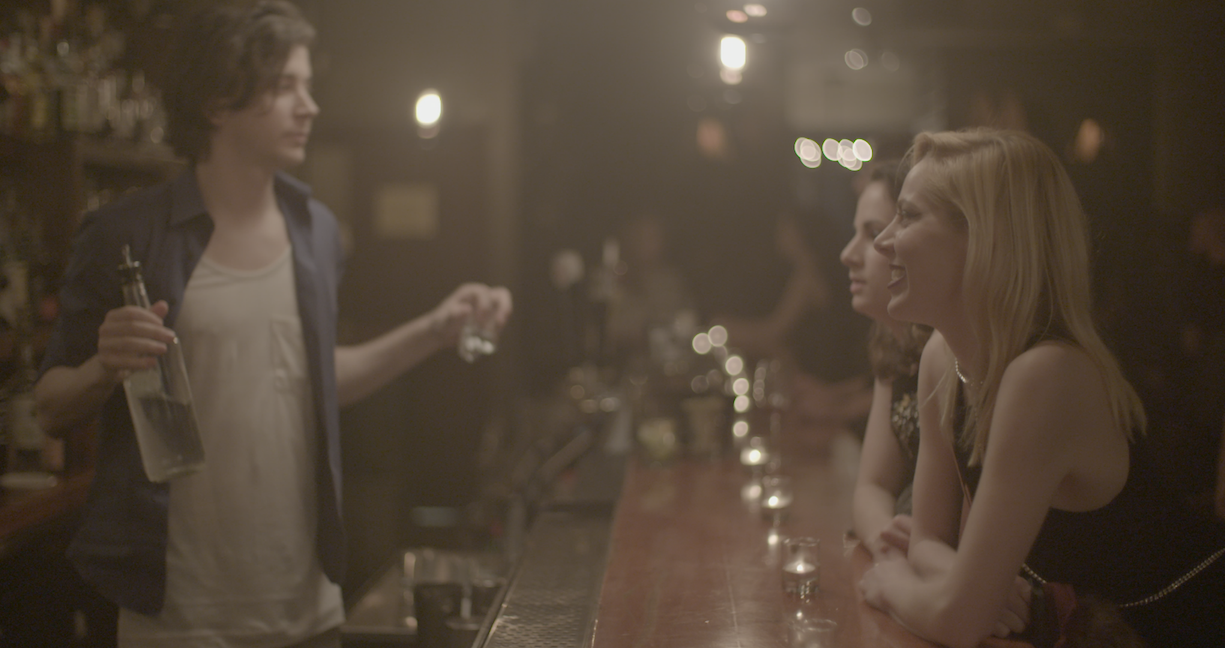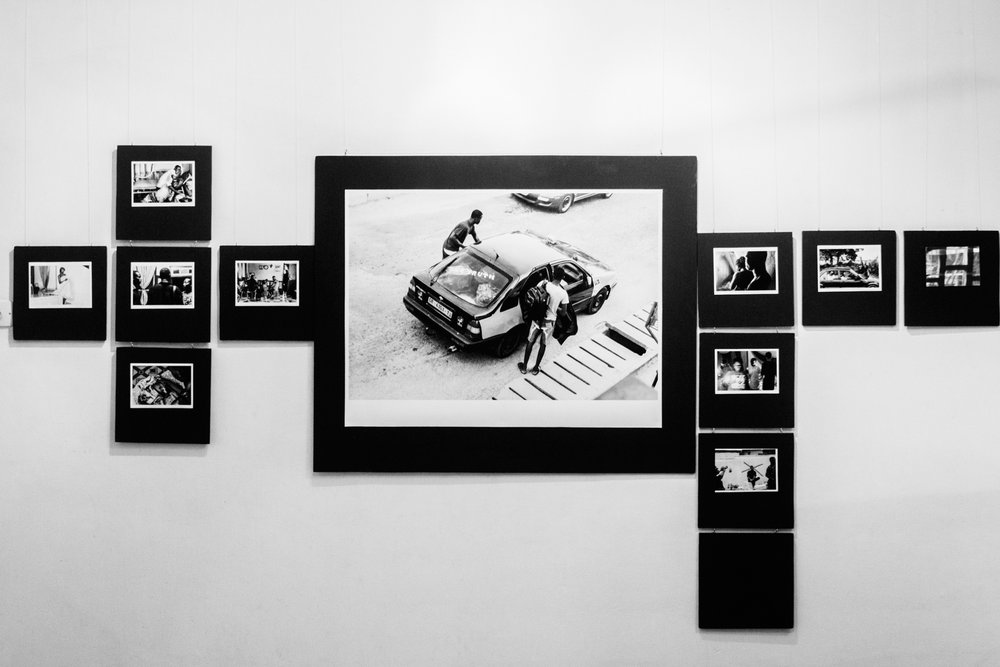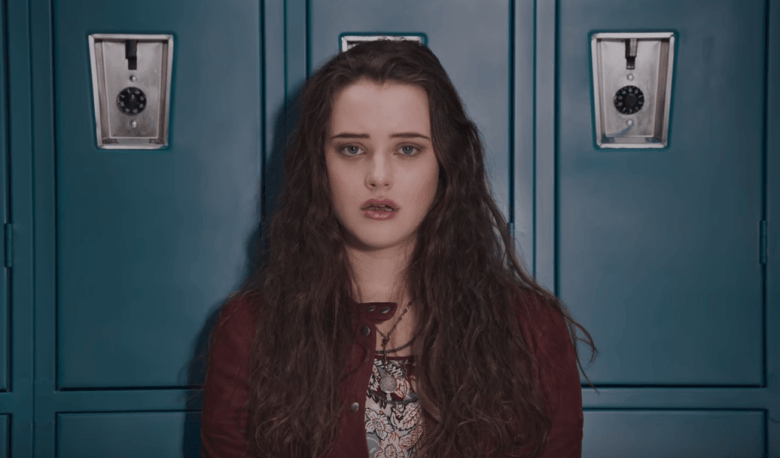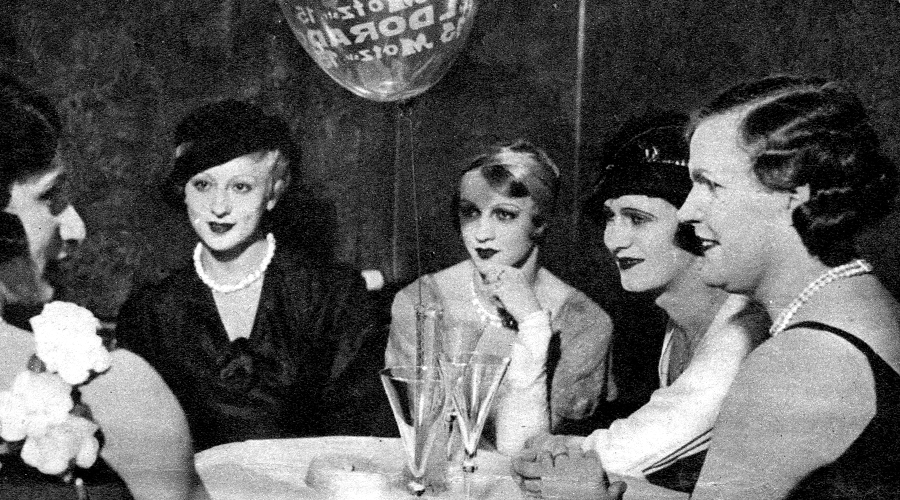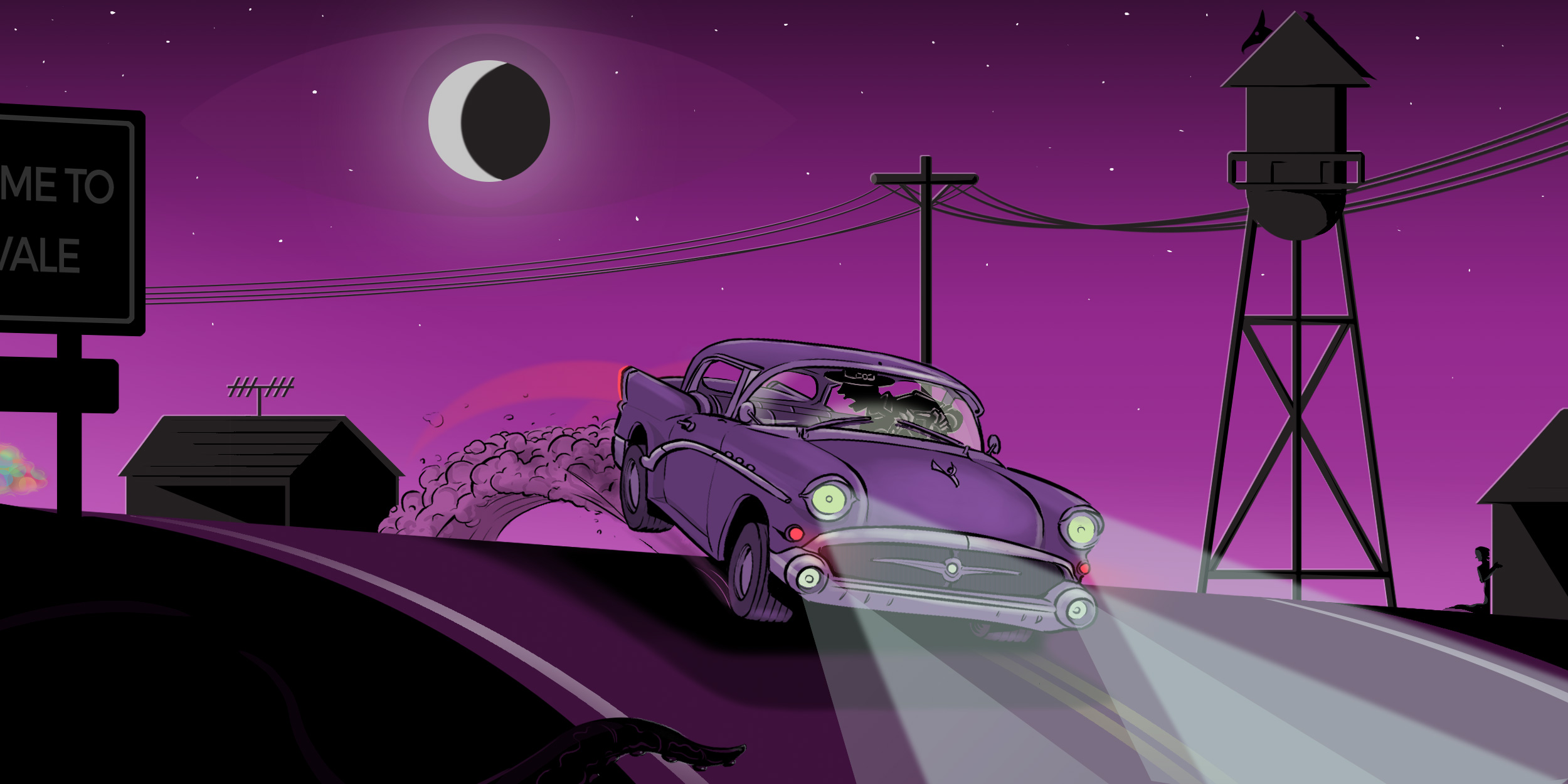(Spoilers below.)
13 Reasons Why is impossible to watch. And it’s impossible not to watch.
After high school junior Hannah Baker commits suicide, the whole school is baffled as to why she did it. Well, she left behind 13 tapes to explain why. Each tape is dedicated to a different person – people who were once her friends, people who were once her lovers, people who hardly ever said a word to her – and the part they played in her death.
The result is Netflix’s gritty and painful new show. Viewers are forced to watch her parents go broke fighting an unwinnable lawsuit. Viewers are forced to watch teenage boys grope, insult and even rape female students without any consequences. And viewers are forced to watch, in the show’s most painful scene, Hannah Baker kill herself.
But, as Hannah would say, that’s a story for another time.
Right now, I want to look at the show’s queer characters, and what this painful teen drama got right about what it’s like to be LGBT today.
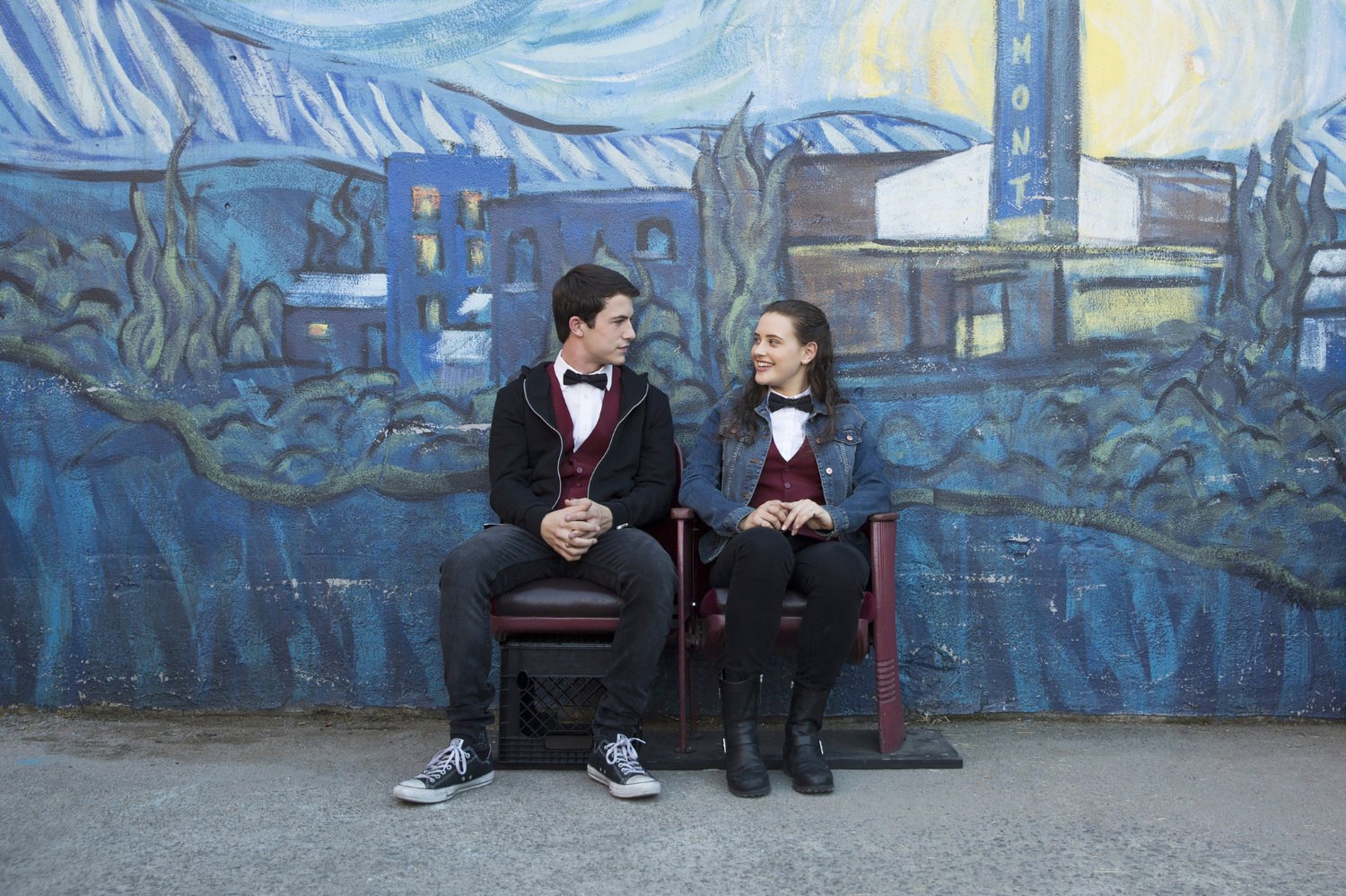
1. No matter how “liberal” society is, it’s still hard to come out.
Everyone always claims that they “don’t care if you’re gay” and pretend to be super tolerant. I mean, gay marriage is legal now, so the battle’s basically won, or whatever. Right?
But Courtney Crimsen, who is popular, intelligent and destined to be the future President of the United States, despises herself for her sexuality. She got a girl killed because she was too scared to admit to her classmates or herself that she was queer. She knows that she’s likely to be rejected. After all, that’s why 2.8 million LGBT teens in the US are homeless; their families and communities threw them out.
2. Gay parents don’t necessarily make it easy for gay kids to come out.
Did I mention that Courtney has two gay dads? So she has nothing to worry about, right? Of course they’ll accept her. But she faces so much guilt because if she comes out as gay, homophobic people will be able to say that her fathers made her that way, lending credence to the believe that gay parents “corrupt” their children.
3. Reclaiming words is powerful.
Ryan, your stereotypical gay man with a perfect manicure and scrotum-hugging skinny jeans, calls himself a faggot. Hannah, aghast, says that people aren’t supposed to say that word. “Well, I can say it,” says Ryan. By claiming that word, he takes power away from the people who’d use it to hurt him.
4. Yes, gay kids still get bullied.
When Ryan tells Hannah he was bullied, she was aghast (again), believing that in the 21st century, people no longer bully gay people. Tragically, the 21st century is not as advanced as we’d like to believe; for starters, look at the “alt-right.”
The sad fact is that gay kids get bullied way too much. In fact, gay kids probably got bullied right in front of Hannah’s eyes. But sometimes people find it easier to tell themselves that something’s not happening than to actually confront that thing.
5. No, that’s my girlfriend, not my sister.
Gay people could be making out while wearing wedding rings and pushing a stroller. A passerby will still say, “Look at those good friends!”
When machoman Tony comes out to clay as gay to the straight protagonist Clay, Clay is confused – wasn’t the guy Tony was spending all of his time with just, y’know, a pal?
6. Sometimes we need alcohol in order to be our true selves.
Courtney Crimsen has known that she’s queer for a while. But the only time she can express it is after a few too many drinks, when she dares Hannah to kiss her as part of a game. Like many of us, she feels the need to hide her true feelings so that she can use the excuse, “I was drunk. I was just kidding.”
7. Gay people can be racist, sexist and heteronormative.
Courtney is Asian. One of Courtney’s gay dads tells her that she should marry the black character, Marcus, because they’d have “beautiful babies.” This assumes Courtney is straight. This also exoticizes biracial characters. And this assumes that Courtney wants to be a mother. Just because you’re gay doesn’t mean you’re not problematic.
8. Straight people assume you’re into them.
During a mountain-climbing trip, Clay almost falls to his death. Tony saves his life. Sweaty and barely alive, Clay sits next to Tony on top of the mountain, and they talk. They talk about sex and pain and grief. They talk about a girl who committed suicide. They talk about a girl who was sexually assaulted. And Clay is fine with all of this.
But as soon as Tony mentions he’s gay, Clay freaks out.
Tony says his boyfriend is jealous because he and Clay have been spending a lot of time together. “But not like that?” Clay asks anxiously, even though Tony has already made it clear he has a boyfriend. Sigh…
9. Gay people can be religious.
Tony is a devout Catholic. He’s freaked out by tarot cards or anything that vaguely goes against his religion. Yes, gay people can be Catholic, Muslim, Jewish, or anything, really. Faith doesn’t always conflict with sexuality.
10. Sometimes LGBT people feel hyper self-conscious.
When Tony comes out to Clay, he assumes that everyone already knows. And when Courtney throws Hannah under the bus, it’s because she worries everyone will be disgusted with her for being gay. When you’re queer, it’s easy to feel like there’s a Scarlet letter branded on your forehead. But sometimes your sexuality isn’t as big a deal to people as you fear.
11. People still have a fetish for lesbians.
Clay is supposed to be the “good guy” in this story. He’s sweet, he’s selfless, and he’s not a rapist, unlike most guys at his school. But when a photo circulates of Hannah and Courtney kissing, he masturbates to it. It doesn’t matter that the photo was obviously taken through a bush by a stalker, or that the girls wouldn’t want random men to jerk off to their private moment. He does it anyway.
12. You have to come out. And then come out. And then come out.
Coming out isn’t a single choice. It’s a lifestyle. No matter how many people you come out to, there will always be more people who assume you’re straight. When Tony comes out to Clay, you can just see the weariness on his face. Like: This, again?
13. Gay doesn’t look like you think it does.
13 Reasons Why is great because it shows all different types of being gay. Courtney, who is a lesbian, isn’t butch, she’s a straight-A student who spends more time studying and campaigning than she does lifting weights or dreaming about Samira Wiley. Ryan is a feminine gay man, but Tony drives muscle cars, wears leather jackets, and looks straight out of a 50s greaser movie.
Watch 13 Reasons Why on Netflix.
https://www.youtube.com/watch?v=JebwYGn5Z3E

